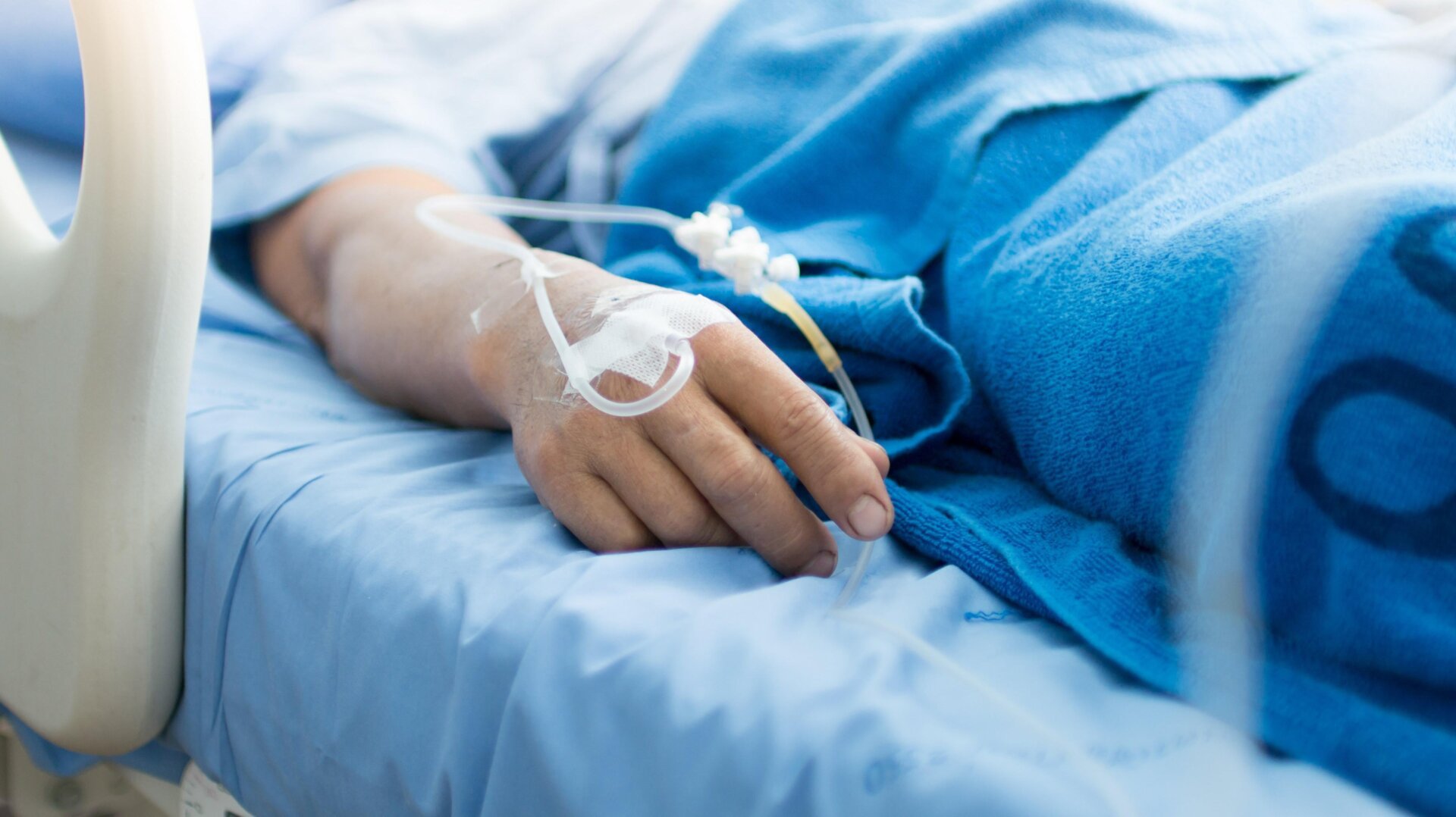The Legality and Implications of Medical Aid in Dying Programs
Recent research has sparked a heated debate over the eligibility of medical aid in dying programs. The topic is contentious, with some arguing that the criteria for eligibility are too restrictive and others believe that the programs could be leading to insidious abuse and exploitation.
What are Medical Aid in Dying Programs?
Medical aid in dying, also known as MAID, permits a medical provider to prescribe medication to a patient who has been diagnosed with a severe illness that has a prognosis of less than six months. The programs typically have strict criteria for eligibility, requiring individuals to have a terminal illness or incurable condition. A common example is someone with late-stage cancer.
The Expansion of MAID Programs
Several countries, including the United States, have legalized or expanded MAID programs. However, some critics are concerned about the potential dangers of loosening these criteria. In countries like the Netherlands, individuals have sought and been granted MAID or euthanasia on the basis of mental suffering alone. This has led to concerns about the erosion of medical aid in dying in certain populations, such as the disabled, the poor, and the vulnerable.
The Slippery Slope Argument
The fear of a slippery slope effect has been a significant concern. This fear suggests that as the criteria for eligibility are relaxed, more people will be encouraged to end their lives prematurely, rather than pursuing life-prolonging treatments. The Canadian government has indeed delayed the expansion of MAID to individuals with mental illness until 2027, citing the need for further study.
Research on MAID
A recent study published in JAMA Internal Medicine analyzed data from 20 jurisdictions where MAID is practiced. The study found that people with terminal illnesses, such as cancer and amyotrophic lateral sclerosis (ALS), were the most likely to receive MAID. The relative rates of people receiving MAID were similar across jurisdictions, while the relative differences between diseases and sociodemographic factors were minimal.
Addressing the Slippery Slope Concerns
Research suggests that the underlying disease or disease-related factors are the primary drivers of requests for MAID, rather than external factors such as coercion, poor service availability, or structural vulnerability. The study found that individuals with ALS and cancer had higher rates of MAID, while those with other conditions, such as heart disease and frailty, were less likely to receive MAID.
Improvements and Safeguards
While some argue that current MAID systems have worked well, with a balance between safety and access, others see room for improvement. Vigilant oversight and reporting are necessary to prevent abuse or exploitation. The benefits of MAID, such as improved quality of life and reduced suffering, must be weighed against the potential risks.
Future Directions
The future of MAID is uncertain. Discussions about eligibility criteria will continue, and evidence-based approaches will guide the development of any changes. As research continues, the primary focus should be on improving treatments for the type of suffering people experience when they have incurable illnesses, rather than simply adjusting the availability of existing approaches.
Key Takeaways
- Medical aid in dying programs are complex and multifaceted, and their eligibility criteria are a topic of ongoing debate.
- Research has found that the primary drivers of requests for MAID are underlying diseases or conditions, rather than external factors such as coercion or structural vulnerability.
- Improvements and safeguards, such as vigilant oversight and reporting, are essential to prevent abuse or exploitation.
- The future of MAID will depend on evidence-based approaches and ongoing discussions about eligibility criteria.
Source Link





